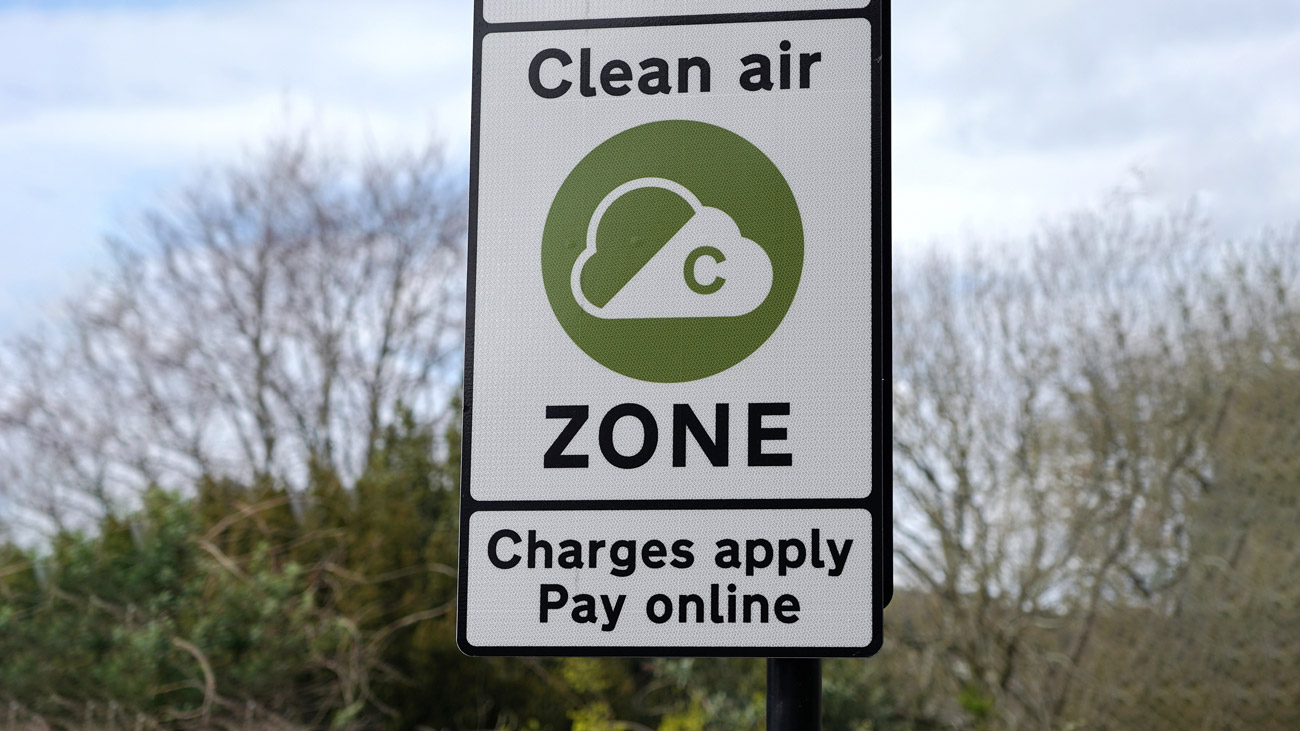
Building a post-pandemic fleet – new guidance
With COVID restrictions lifting in the UK, employers should take time to carefully consider how they manage their post-pandemic fleet requirements. Many fleets saw an increase in demand for their delivery or mobile services during the pandemic-induced lockdowns, while others had the majority of company cars sit idle on driveways. Either way, fleet requirements changed dramatically from March 2020 onward, and are set for another shift when restrictions lift.
Comments Simon Staton, Client Management Director at Venson Automotive Solutions:
“The impact of COVID-19 has had far-reaching consequences on fleet utilisation and expenditure. Fleet expenditure is typically the second largest operational cost after staff budgets so any significant change to how a fleet runs, can have a big impact on expenditure. As we emerge from the pandemic and the economy begins to find its new footing, it is very difficult for fleet managers and businesses to predict their fleet requirements.
“Fleet expenses, such as fuel and accident management, have been reduced over the past 16 or so months, but uncertainty and complications affecting business operations remain. It is therefore crucial for an organisation to ensure that they are receiving value for money and the right level of service needed to meet its fleet operation objectives.”
To help businesses navigate the new landscape and ensure they are ready for a post-pandemic world, as well as flexible enough to face any future pandemic, Venson is offering tips for fleets and businesses on how to reduce costs and streamline the utilisation of vehicles.
1. Challenge your fleet supplier
There’s no need to fear challenging the established order, in fact shaking things up can be mutually beneficial for both parties. The sign of a genuinely effective fleet supplier is one that works with a fleet manager to ensure their fleet policy is the most appropriate for their needs. In addition, fleet managers must ensure they know about the ‘hidden’ costs from their supplier, such as administration, maintenance, tyres and windscreen recharges.
2. Review company vehicle policy
Vehicle whole life costs are one of the least-considered but most important factors when it comes to selecting vehicles for a fleet policy. It may seem simple but if a fleet supplier provides information that considers all aspects of running a vehicle, including tax, maintenance, fuel and insurance, a fleet manager can quickly compare two models with an identical list price and choose the one that is most cost-effective for their fleet over the vehicle’s life.
3. Fuel costs
This is the big one for all fleets, and rightly so. However, fuel bills can be tackled with a variety of tactics. First and foremost is ensuring the vehicles themselves are properly maintained with regular servicing and tyre pressure checks – fuel costs can be 5% to 10% higher if tyre pressure is incorrect. Utilising telematics can help in achieving lower fuel costs by educating drivers to take the shortest route possible, avoid congestion and not make excessive journeys. Many telematics providers suggest 10% fuel savings can be guaranteed.
4. Driver training
Most drivers will feel they don’t require training, but with less time behind the wheel due to the pandemic it would be hugely beneficial for driver safety. Implementing a driver risk assessment program coupled with either classroom or in-vehicle training will not only see incident rates fall but also associated accident costs. Additionally, insurers tend to look more kindly on a fleet that has an active driver training program in place.
5. Salary sacrifice
Government changes in tax rates and NIC have made salary sacrifice a more attractive option for companies in recent months. But there are other benefits too, as Duty of Care to employees and carbon footprint can both be improved by offering a salary sacrifice scheme.
Staton continues:
“Knowing and understanding what you’re getting from your fleet management company is critical. On paper some providers can look to be delivering the cheaper option, but then too far down the line organisations realise that they are not achieving the tangible, long-term savings they thought.”






